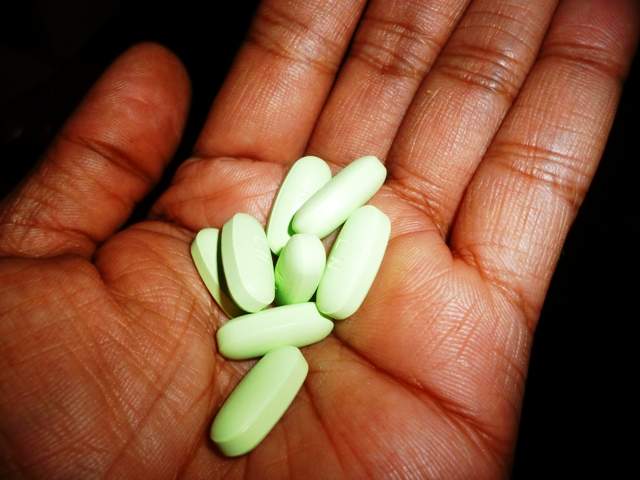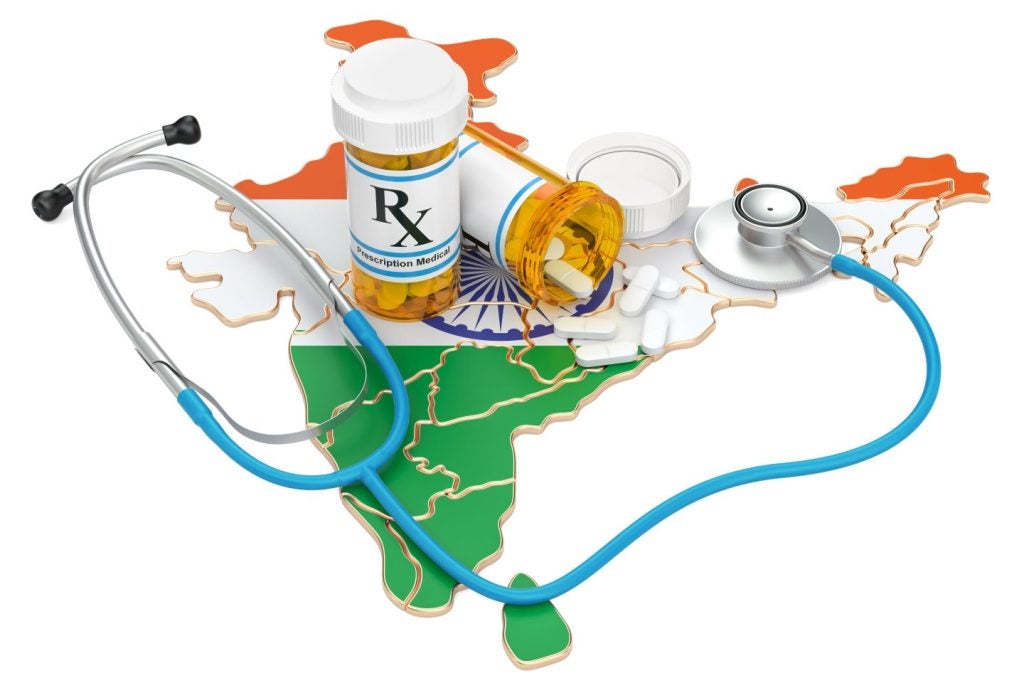
Millions of unapproved antibiotics are being sold in India, some by multinationals, according to a new study by researchers at Queen Mary University of London and Newcastle University, which warns that the continued sale of these drugs will undermine antimicrobial resistance initiatives in India and across the world.
The research revealed that around 64% of the 118 different formulations of fixed dose combination (FDC) drugs sold in the country between 2007 and 2012 were not approved by the national drugs regulator, the Central Drugs Standard Control Organization (CDSCO), even though the sale of unapproved new medicines is illegal in India.
The 118 FDC formulations gave rise to over 3,300 brand-named products made by almost 500 pharmaceutical manufacturers, including multinational companies. In fact, by 2011-2012, FDCs made up a third of total antibiotic sales in India, yet 34.5% of these sales (comprising 300 million units) were unapproved formulations.
Many of the FDCs combined two antimicrobials, often poorly chosen and likely to exacerbate antimicrobial resistance problems. The study also found the following: multinational companies manufactured nearly 20% of the FDCs and single dose formulations (SDFs) sold; 20 FDC formulations manufactured by multinational companies had no record of CDSCO approval; and only four of the 53 FDC formulations made in India by multinational companies had UK or US regulatory approval.
Elly Earls sits down with the paper’s lead author, Dr Patricia McGettigan from Queen Mary’s William Harvey Research Institute, to find out how the situation in India has reached this point and what can be done to change things.
Elly Earls: How did you become involved in this line of research?
Patricia McGettigan: For a long time, I’ve been interested in medications, side effects and utilisation of medications. When I joined Queen Mary I met with the people who were working on the AMASA project (Accessing Medicines in Africa and South Asia). What struck me was how many fixed dose combination (FDC) drugs there were in India, so I followed up and started looking at the number of FDCs there were in different areas.
How well do you really know your competitors?
Access the most comprehensive Company Profiles on the market, powered by GlobalData. Save hours of research. Gain competitive edge.

Thank you!
Your download email will arrive shortly
Not ready to buy yet? Download a free sample
We are confident about the unique quality of our Company Profiles. However, we want you to make the most beneficial decision for your business, so we offer a free sample that you can download by submitting the below form
By GlobalDataIn 2015, I worked on a paper where we were initially interested in how long three different types of drugs had been approved for. Because many of the combinations were combinations I hadn’t seen in other places, I was interested to know why they had been approved. What we discovered was that actually there were many medicines in there that hadn’t been approved at all.
Then the question was: to what extent are drugs that have not been formally approved by the central regulator being used? And that’s what led us to look into the sales data. Our paper found that, when it comes to antibiotics, unapproved drugs made up about a third of FDC sales, which is not a small volume. That’s what makes it into a public health issue and when you set it in the context of antimicrobial resistance, it becomes a big issue.
EE: It’s illegal for drugs to be sold that haven’t been approved by the CDSCO, so why does it happen so much?
PM: It’s a combination of factors. Drug approval is done centrally through the CDSCO but the manufacturing licenses for drugs are issued by individual state authorities. And this is the catch. The antibiotics on the market that we call unapproved tend to have licences but they have never had that central approval or scrutiny.
One reason why FDCs in particular might not have been felt to need central approval was the thought that because each of the individual drugs in the combination has already been approved, it’s OK to combine then. But in fact, the combination is a new drug so it also needs approval.
That hasn’t been happening and there hasn’t been major enforcement – nobody has come after the manufacturers. There was a claim that there was ambiguity about the rules until 2012, but after a clarification was added in 2012, there was no difference in the number of unapproved drugs coming onto the market.
Even when the government banned 344 unapproved drugs in 2015, the manufacturers challenged the ban very strongly and it was overturned in the courts.
EE: We already know that India has among the highest antibiotic consumption rates and sales in the world. How can the sale of unapproved FDCs, which combine two antimicrobials that are poorly chosen, exacerbate antimicrobial resistance problems?
PM: In the paper, I pick out a few examples of FDCs where, for example, one drug in a combination needs to be given once a day and the other one needs to be given twice a day – so you would underdose with one and overdose with the other.
When you expose people to levels of two antibiotics together, the survivor bugs are going to be selected out, so you can see how it will generate survival pressure on bugs. That’s the biological side to the emergence of resistance.
The healthcare situation in India also plays into it. Most people pay for medical care a considerable amount of out of pocket expense – if you want to see a doctor it will cost you and there isn’t universal medical insurance. Also, there aren’t doctors available everywhere, so people often go somewhere else for medicines, such as pharmacies or practitioners who aren’t qualified as medics. This means many drugs are sold without prescriptions, including antibiotics.
Although our paper does not answer the question of why antimicrobial resistance is such a problem in India, it does tell us that the unsupervised use of drugs that have not been approved, whose formulations have not been evaluated, and for which the rationale for the combination has not been clearly set out, is highly likely to contribute to antimicrobial resistance.
EE: How can this situation be tackled?
PM: I think there needs to be will to change it. The government has been concerned about unapproved drugs being on the market for a long time, but they never did a systematic examination. What we’ve added to the information in India is a systematic examination of what’s on the market and what has been approved, insofar as the records of approved drugs are accurate. And we have no reason to think they’re not.
EE: Now that this information has been published, what should the next steps be to tackle this situation?
PM: India’s chief drug advisory body has formed an expert committee to re-evaluate the 344 FDC drugs that were banned in 2015. We are in contact with some of the people who are either on or connected with that committee. We are trying to encourage them to work very closely with legal colleagues so that when they make their recommendations about the drugs, they’re standing on a firm legal footing. As we see it, coming at this from the legal perspective with a strong grounding in what the law actually says, is the way to go.




